Ancient egypt erotic forbidden in papyri sacred secret sexuality
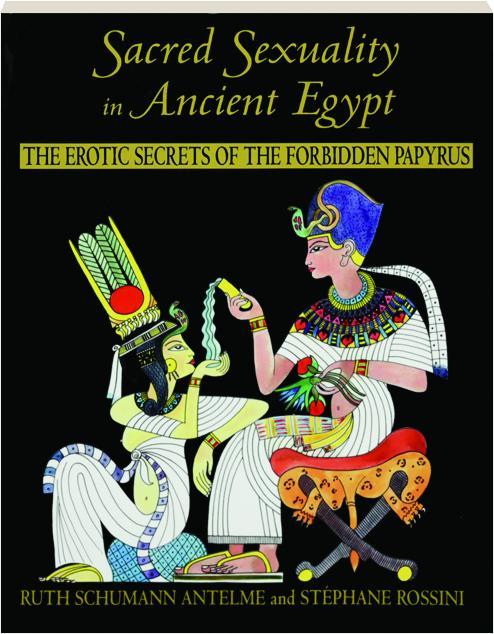
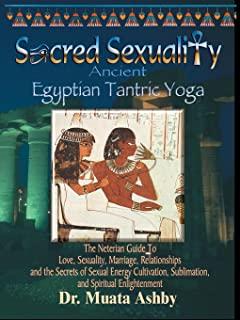
Sacred Sexuality in Ancient Egypt: The Erotic Secrets of the Forbidden Papyri


Sacred Sexuality in Ancient Egypt: The Erotic Secrets of the Forbidden Papyri [ Ruth Schumann Antelme, Stéphane Rossini, Stephane Rossini, Ruth.
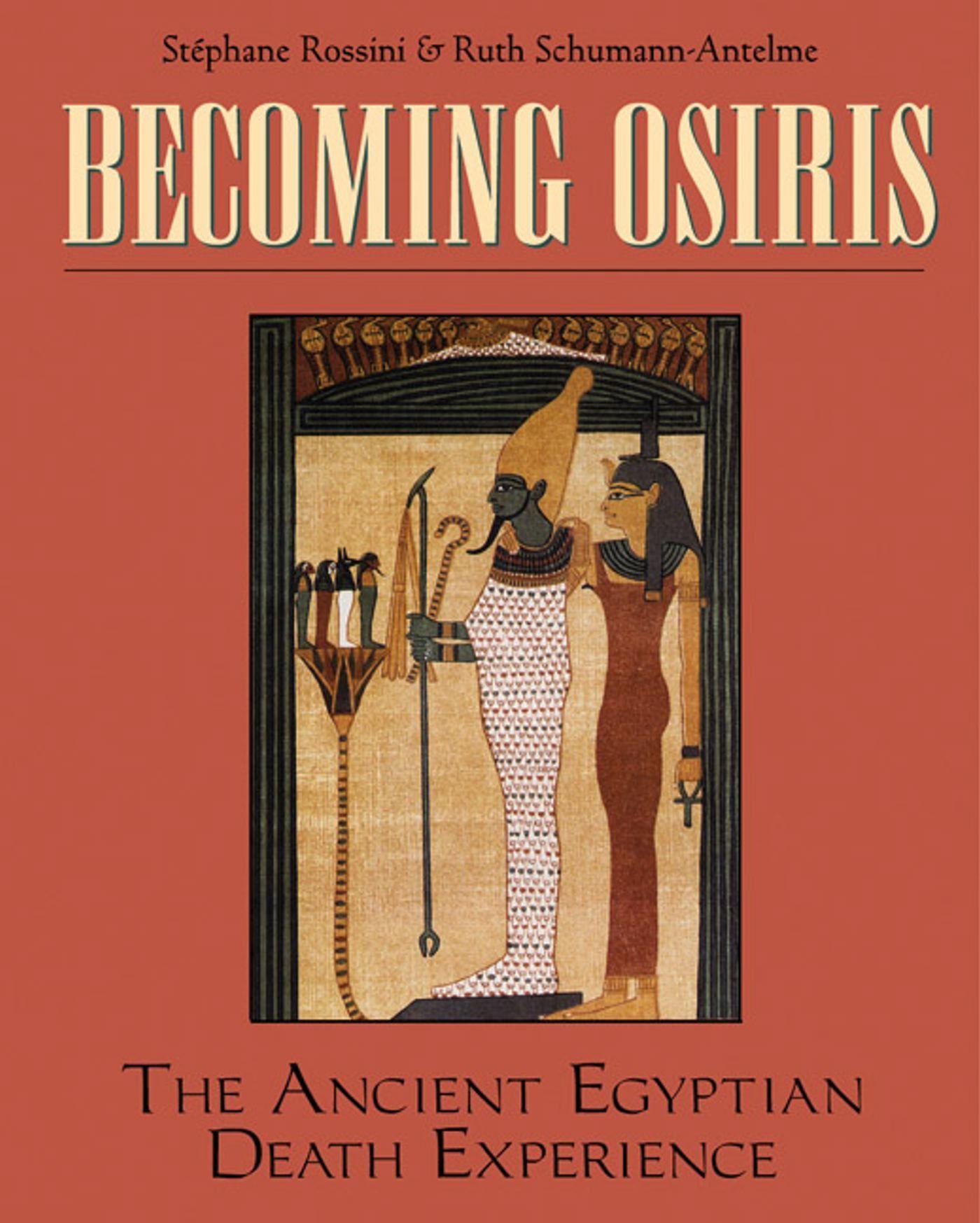

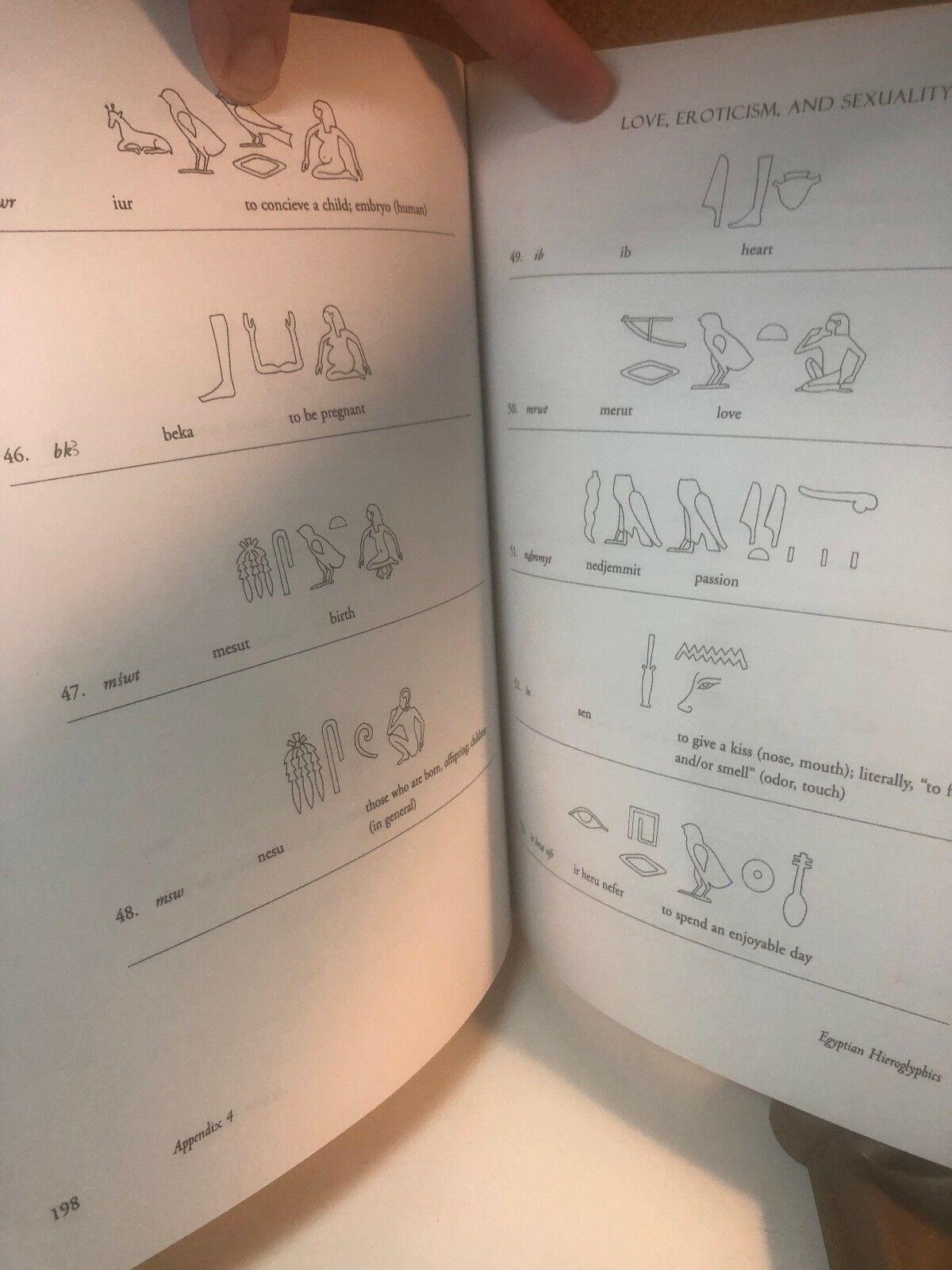
Similar books and articles

I Mabel Age: 24. The sparkle in my eyes will show you, I just want to feel the electric energy of people connectingtravel companion available worldwide


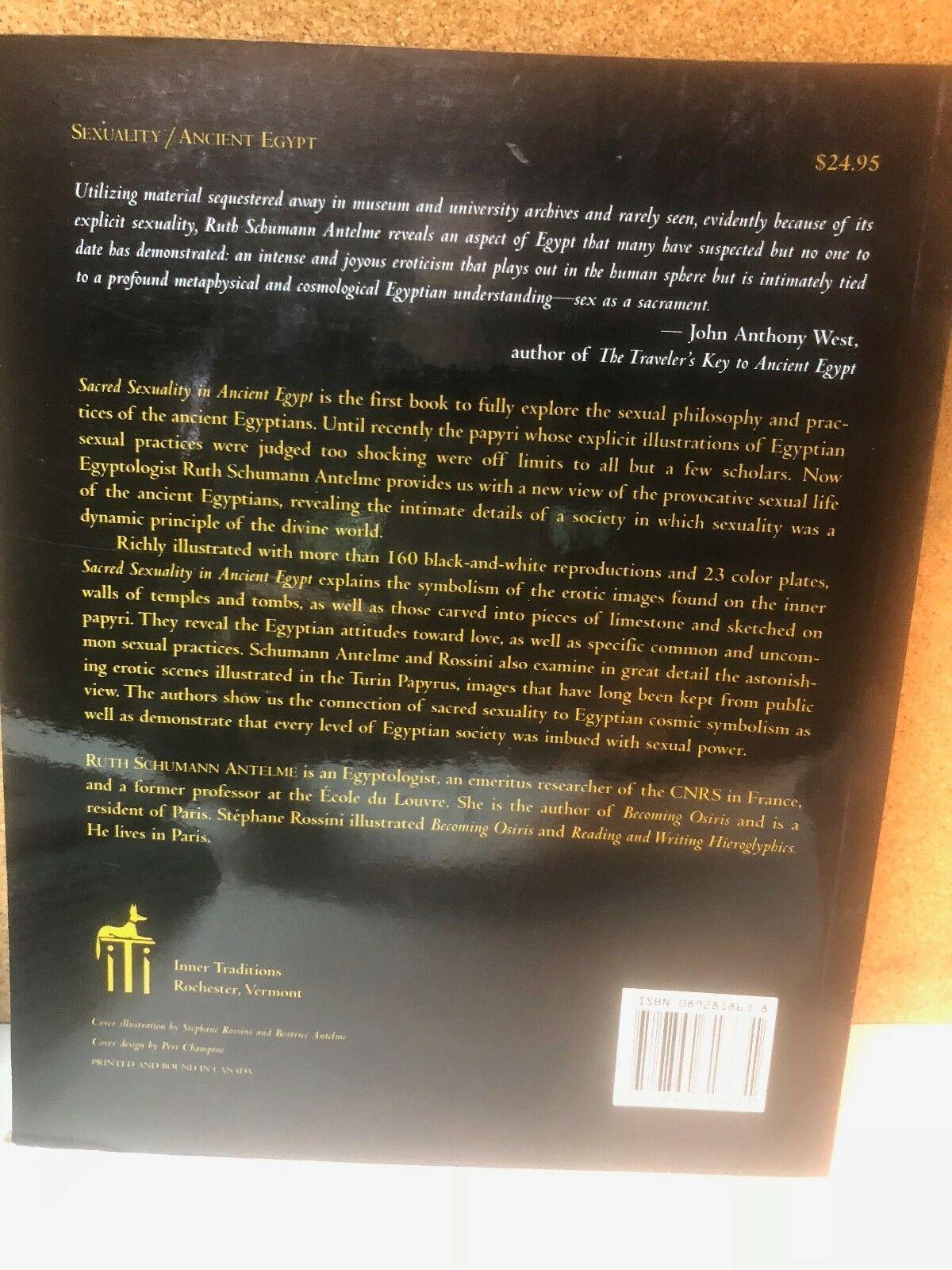
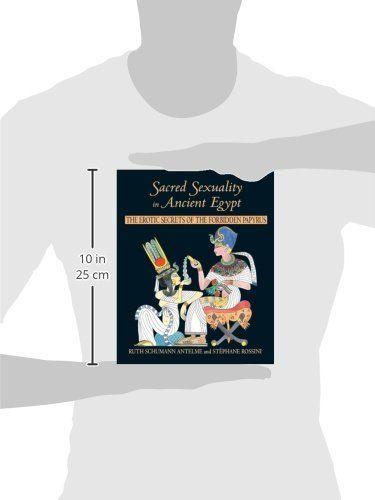
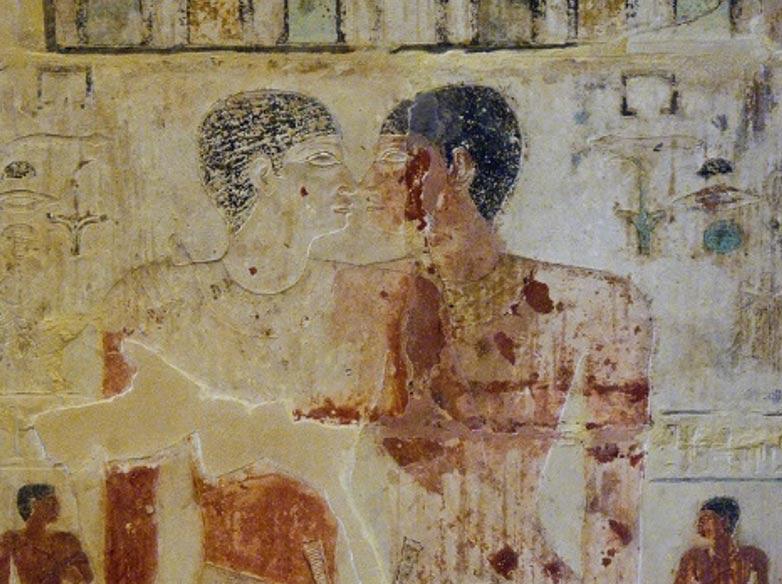
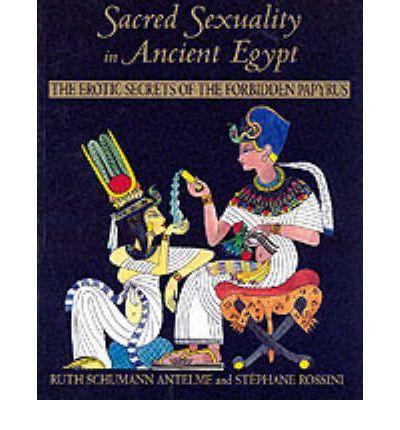



Helen said: A papyrus was found and kept hidden because it was considered Sacred Sexuality in Ancient Egypt: The Erotic Secrets of the Forbidden Papyrus.
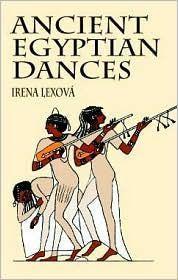
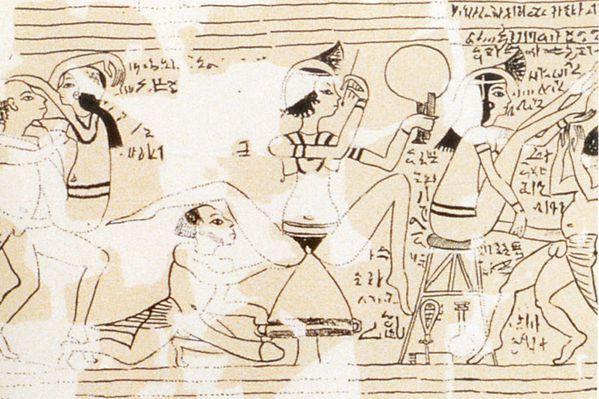
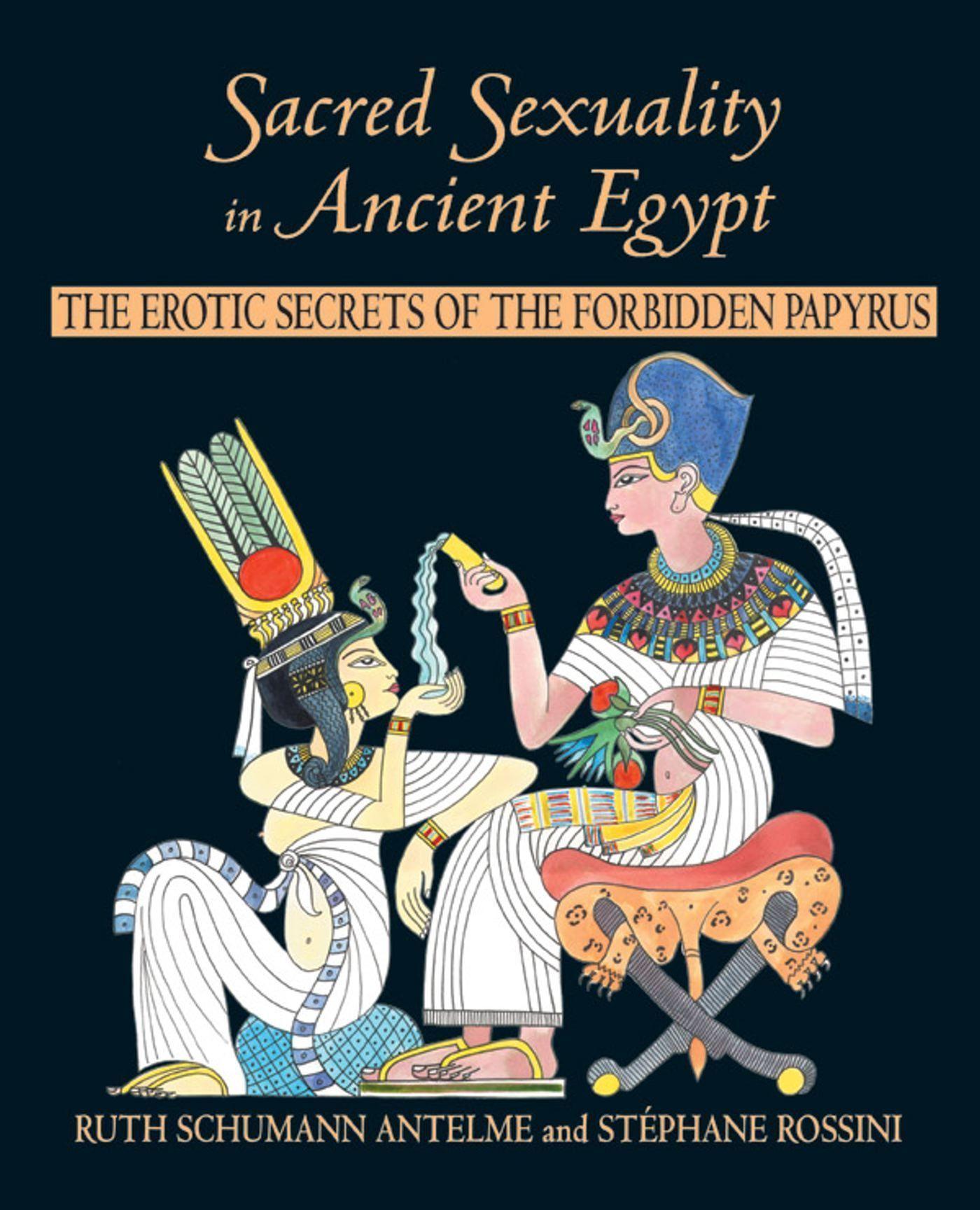

, English, Book, Illustrated edition: Sacred sexuality in ancient Egypt: the erotic secrets of the forbidden Papyrus: a look at the unique role of Hathor, the.
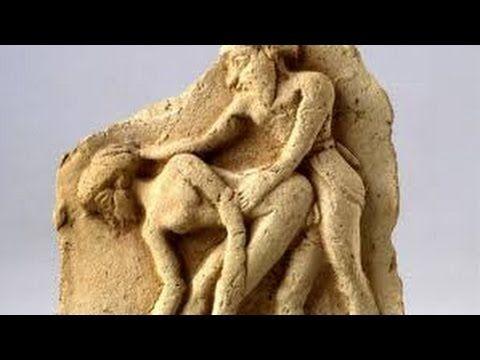
Description:Richly illustrated throughout, Sacred Sexuality in Ancient Egypt explains the symbolism of the erotic images found on the inner walls of the temples and tombs as well as those carved into pieces of limestone and sketched on papyri. The authors cover in detail the astonishing erotic scenes illustrating the Turin Papyrus, which have long been kept from public view. Admitting that they can only provide a tantalizing sample of the evidence available, Antelme Egyptology, CNRS, France and Paris-based illustrator Rossini suggest the depth of ancient Egyptian sexuality and its close connection with religion. Richly illustrated throughout, Sacred Sexuality in Ancient Egypt explains the symbolism of the erotic scenes illustrating the Turin Papyrus, which have long been kept from public view. Among the many illustrations are 23 color plates. Sacred Sexuality in Ancient Egypt reveals the intimate details of a society in which sexuality was the dynamic principle of the divine world, and the cosmic symbolism of religion imbued every level of Egyptian society with sexual significance. Richly illustrated throughout, "Sacred Sexuality in Ancient Egypt" explains the symbolism of the erotic images found on the inner walls of the temples and tombs as well as those carved into pieces of limestone and sketched on papyri.

































User Comments 2
Post a comment
Comment: